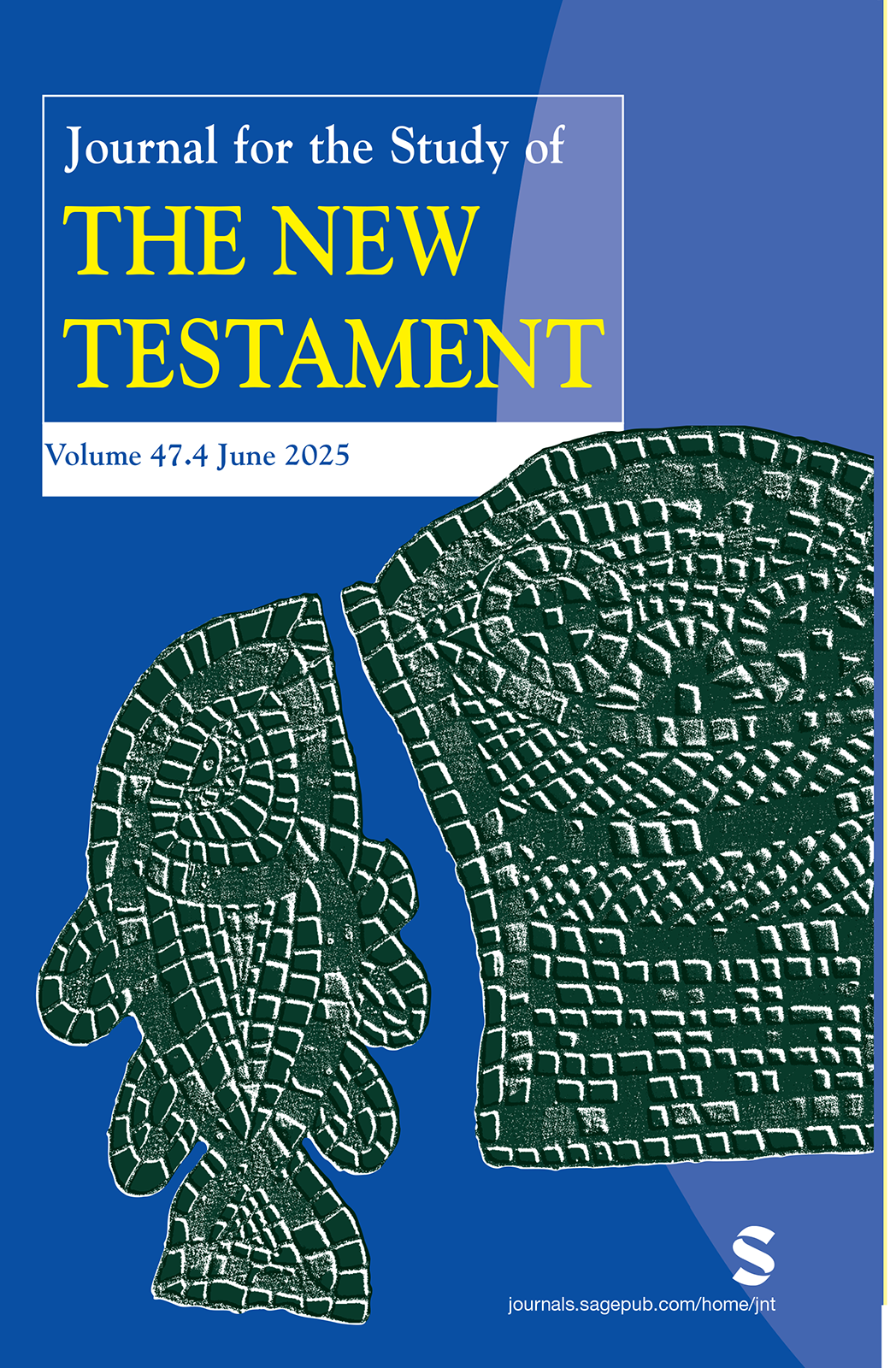이 논문은 알렉산드리아 사본(Codex Alexandrinus)의 역사를 재검토하며, 17세기에 콘스탄티노플을 거쳐 영국으로 이전되기 전까지 이 사본이 이집트에 보관되었다는 알렉산드리아 기원설을 뒷받침하는 새로운 본문 외적 증거를 제시한다. 이는 14세기까지 콘스탄티노플이 사본의 소장지였다고 보는 학계의 견해에 이의를 제기하는 것이다. 기증(와크프, waqf) 기록에 대한 분석은 아타나시우스 총대주교의 기증 기록과 콘스탄티노플에서 유래한 사본들의 기록 간의 차이점을 드러낸다. 더 나아가, 아타나시우스의 기증 기록보다 앞서 나오는 아랍어 본문 외적 기록들은 이집트의 아랍어 사용 멜키트파와 그보다 더 이른 시기의 콥트교도 소유 가능성을 시사한다. 이러한 발견들은 이집트 콥트교 및 지금까지 연구되지 않았던 멜키트파의 정경과 유사점을 보이는 알렉산드리아 사본 신약 정경의 독특한 특징들과 함께, 이집트 전승사 내에서 콥트교도가 사본을 입수했다가 후에 멜키트파가 소유하게 되었을 것이라는 타당한 가설을 강화한다. 따라서 본 연구는 그리스어, 콥트어, 아랍어라는 맥락에서 사본의 본문에 대한 추가적인 정밀 조사를 촉구하는 다층적인 분석틀을 제시다. 사본의 기원을 조명함으로써, 이 분석은 현존하는 사본의 본문 유형들을 연구하기 위한 새로운 방향을 제안한다.
This article re-examines Codex Alexandrinus’s history, providing new paratextual evidence that supports an Alexandrian provenance, maintained in Egypt until its 17th-century transfer to England via Constantinople. It challenges scholarship favouring Constantinople as the codex’s home until the 14th century. Analyses of endowment (waqf) statements reveal differences between Patriarch Athanasius’s waqf and codices from Constantinople. Moreover, Arabic paratexts preceding Athanasius’s waqf point to Arab-speaking Melkites in Egypt and earlier Coptic ownership. These findings, alongside distinctive features in Codex Alexandrinus’s New Testament canon paralleling Egyptian Coptic and hitherto unstudied Melkite canons, bolster a plausible Coptic acquisition and later Melkite ownership within Egyptian transmission history. The study thus presents a nuanced framework, inviting further scrutiny of the codex’s text in Greek, Coptic, and Arabic contexts. By illuminating the codex’s roots, this analysis proposes new directions for examining its attested text types.


.webp)



